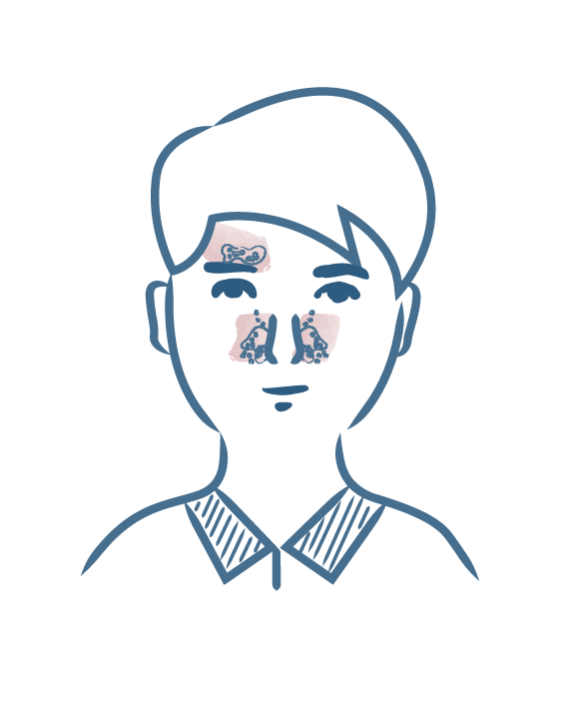-
Your concerns
Our articles to help you gain a better understanding
-
Our solutions
-
DUCRAY Dermatological Laboratories
Our articles to help you gain a better understanding

Before starting a cream or shampoo treatment for seborrheic dermatitis, it is important to look for factors that promote flare-ups and to avoid them as much as possible. It is also important to implement appropriate hygiene measures. The skin of patients suffering from seborrheic dermatitis is fragile and it is therefore important to choose a gentle, non-aggressive cleansing product adapted to the condition.
There are numerous treatments for seborrheic dermatitis. They help to achieve remission during flare-ups, but unfortunately, whichever treatment your physician recommends, it will never be curative and relapses will always occur. Seborrheic dermatitis is a chronic disease, which cannot be definitively eliminated.
In practice, your physician will choose the most appropriate treatment according to the discomfort felt and the lesions.
A cream form will be selected to treat seborrheic dermatitis on the face.
Several families of medication are available and have demonstrated their efficacy in the form of creams for the treatment of seborrheic dermatitis on the face. Topical antifungals are the most commonly used type.
This molecule is indicated in the treatment of mild to moderate seborrheic dermatitis on the face.
It is applied as an intensive treatment during flare-ups twice a day for two to four weeks, then as a maintenance treatment to limit the risk of relapse once a day for a month.
Thanks to its anti-fungal action, it reduces the concentration of yeasts of the Malassezia genus on the lesions.
They are prescribed in cases of seborrheic dermatitis on the face alone or in combination during the inflammatory phase of the disease. They are used for their anti-inflammatory properties and are applied in a thin layer with a light massage to facilitate absorption.
It can also be prescribed in cases of seborrheic dermatitis on the face for its anti-inflammatory action. It also acts on yeasts depending on its concentration. It is applied in a thin layer to the entire face twice a day for an average duration of two months.
There are also many dermo-cosmetic products in the form of creams that may be recommended by your physician. They can be used on their own for mild forms or as a follow-up to medicinal treatments.
The dermo-cosmetic creams indicated in the treatment of seborrheic dermatitis may consist of several ingredients, each of which acts on the different mechanisms of the disease:
In most cases, they are applied as an intensive treatment on cleansed skin once or twice a day, then twice a week as a maintenance treatment to reduce the frequency of flare-ups. The treatments differ in texture, mode of application and concentration of active ingredients. The more concentrated they are, the more effective they will be.
(1) https://www.vidal.fr/recommandations/1493/dermite_seborrheique_de_l_adolescent_et_de_l_adulte/prise_en_charge/
Irritated skin with redness and scales

Skin prone to seborrheic dermatitis